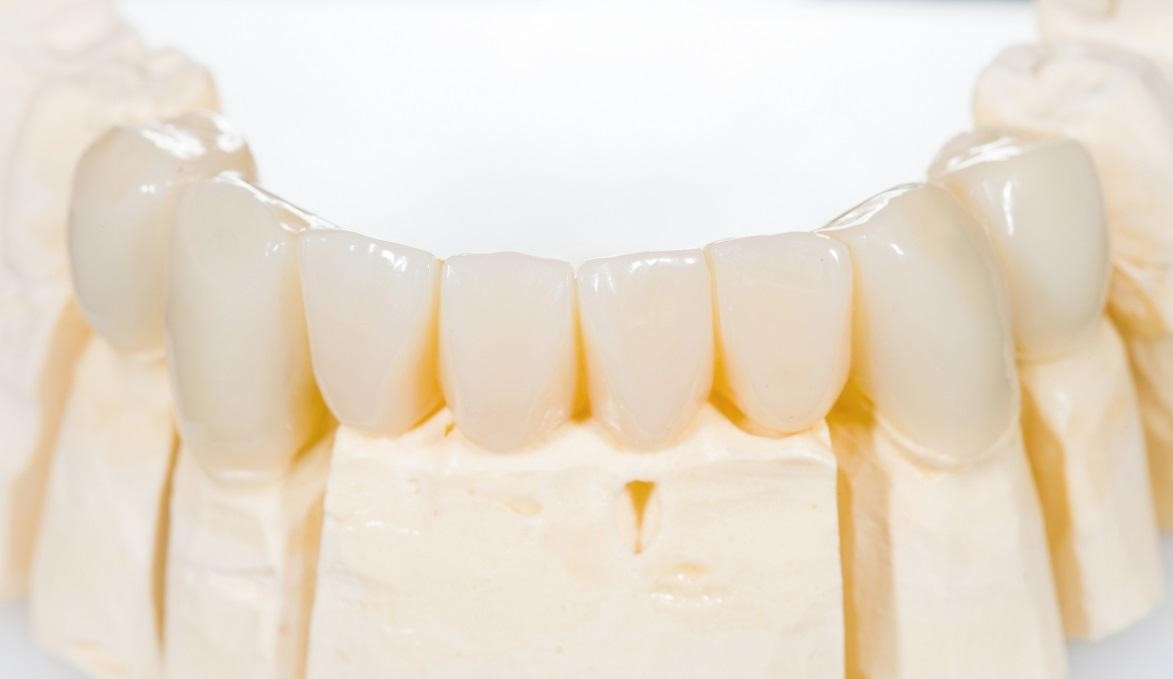Crowns are used to cap and save a damaged tooth while protecting it from further decay. Temporary and permanent crowns differ in the materials they are made of as well as in their use.
Temporary Crowns
When a person visits a dentist for a crown, the temporary crown can be quickly made in the office in a matter of minutes. They are usually aluminum or acrylic. Temporary crowns are necessary because permanent crowns are created for an individual’s mouth at a dental lab, and in that waiting time, the tooth to be capped can become more painful or unsightly. Placing a permanent crown may take more than one dental visit, so in the meantime, at least there’s a temporary crown already in place.

It is also there for aesthetic reasons, helping protect the tooth and keeping them from shifting. It helps to shape the gum for the permanent crown, and it can also prevent pain if the site is tender.
Permanent Crowns
Permanent crowns are not entirely permanent, either, although they do last for around five to 15 years. This is affected by factors including how well the patient cares for the crown and whether or not it is subject to grinding or trauma.
Crowns and bridges serve somewhat different functions. In general, a crown is used to cap a damaged tooth while a bridge replaces multiple missing teeth. A bridge might also replace a single missing tooth. Usually, while waiting for a permanent bridge to be created, a person would wear a temporary bridge rather than temporary crowns.
Permanent crowns are usually made of porcelain although they can also be ceramic, gold metal alloy or base metal alloys. The porcelain may be fused to metal.
Sources:
Different Types of Dental Crowns. Colgate.
Oral Care. WebMD.

Leave a Reply